The Art of Pakistani Rug Weaving

A rug is the only piece of art that you are allowed to eat, sleep, and step on. It takes up the largest portion of your floor and glams it up gracefully. Pakistani rugs are renowned for their intricate designs, vibrant colors, and skilled craftsmanship. Several weaving techniques were applied in the creation of traditional Pakistani rugs. The diverse variety of rug-weaving cultures in Pakistan presents its rich culture, centuries-old tradition, and artistry. All of these meticulous efforts result in exceptional styles and textures. At Imam Carpets we create more than a dozen designs to fit every individual’s taste and preference.
In this article, we will peel layers of rugs in Pakistan and the traditional weaving techniques used to make them.
Different Weaving Techniques
Every oldest method of carpet weaving depends on a few factors. Such as Warp: The vertical yarn attached to the upper and bottom beam. The warp is the foundation of the rug. The other one is the Weft: It is the horizontal yarn passed through the rug. These are the building blocks of the rug structure. The third and the last one is Pile: It is the thickness of the rug from the base. Only by understanding these factors, we can understand the difference in rug weaving techniques and their impacts on different types of carpets.
Below are a few carpet weaving techniques, you should know about.
Hand Knotted Rugs:
This traditional method involves skilled artisans tying individual knots of yarn onto a warp foundation of wool or cotton. The traditional method is called the Persian knot method. A knot is created using the following steps, pass the yarn through one vertical warp on the left side. Bring it back to the front on the right side of the warp. After that, we pass it Through the right side of the next of the warp. Then pass it through the right side of the next warp on the left. Finally, bring it back to the front on the left side. All of these steps will eventually turn into one knot and it can now be cut. The density and arrangement of these knots determine the intricacy and quality of the final carpet. Some rugs take a few months to be fully complete while some of them also take more than a year. Hand-knotted rugs often feature elaborate patterns, ranging from geometric motifs to intricate floral designs.
Flat Weave Rugs:
Pakistani artisans are also experts in flat weaving techniques. Flat weaving is an amazing technique that helps to create a smooth and durable surface. Flat weave rugs are created by interlocking weft yarn through the warp yarn in a simple over-and-under pattern. These rugs are done on a loom and the process takes 1 to 4 people at a time depending on the size of the rug. On the loom, the yarn or weft is thrown through the middle of the bottom and top warp. Flat weave rugs are popular for their geometric designs and vibrant colors. They work best in places where high traffic is usually observed due to their durability and ease of maintenance.
Hand Tufted Rugs:
Hand-tufted rugs are similar to loomed rugs but they are built in different ways. Instead of starting with a warp and making a weft using the loom. A tufted rug starts with a foundation cloth. This foundation cloth is a pre-woven fabric with small square shapes. They are specifically produced by punching tufts of yarn into a backing fabric using a machine. This technique is commonly used for commercial settings and allows for the efficient production of large quantities of carpets. Tufted carpets are generally less intricate than hand knotted and flat-weave carpets. But they offer durability and affordability. They are best for commercial use.
Hand Hooked Rugs:
These rugs are also made on a foundation cloth and a rug hook tool is used. The tool is pushed through the front of the fabric, it then grabs the yarn on the back and pulls it back to the front of the rug. The process makes individual loops perfect for wall hangings. Hooked carpets are created by pulling loops of yarn through a backing fabric using a hook. Hooked carpets are known for their unique designs and ability to incorporate various materials and textures. They are often used as decorative accents or in areas with specific design requirements.
Soumak Weave Rugs:
Soumak weaving is another notable technique used in the Pakistani rug-making market. Characterized by the addition of extra weft yarns wrapped around the warp yarn to create raised patterns and textures. This method allows artisans to produce carpets with intricate geometric or floral designs that add depth and visual interest to any space. Soumak carpets utilize a weaving technique similar to flat-weave but with the addition of extra weft yarns wrapped around the warp yarns. This creates an astonishing pattern, often featuring geometric or floral motifs. Soumak carpets are known for their intricate designs and durability. They are frequently used in nomadic communities due to their portability and practicality.
Chobi Rugs:
Chobi rugs are categorized by their distinctive features of unique construction. It involves silk-wrapped or cotton-wrapped threads. Showcase a velvety texture and subtle sheen. Chobi rugs are precisely made when silk threads are wrapped around cotton threads. The carpets undergo dyeing and washing processes, causing the silk threads to fray. This leads to a soft and velvety texture. Chobi carpets are renowned for their luxurious feel and intricate designs. They are often used as decorative pieces or in areas where comfort and elegance are desired.
Gabbeh Rugs:
These rugs are made using thick, unspun wool, that is fixed for a shaggy texture. Gabbeh rugs are hand knotted applying their traditional methods this rug completes a finished product of a rustic and glamorous art piece. Gabbeh carpets are prized for their unique texture and vibrant colors. They often feature bold geometric patterns and are known for their warmth and comfort.
Imam Carpet is at your service to help you explore various weaving techniques. We aim to reflect the rich history of the Pakistani rug-weaving market. Rugs in Pakistan are not only carpets they are committed to preserving age-old traditions while embracing innovations. From the bustling bazaars of Lahore to the artisan workshops of Karachi, Pakistani carpets continue to captivate and inspire with their timeless beauty and craftsmanship.
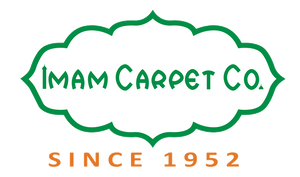

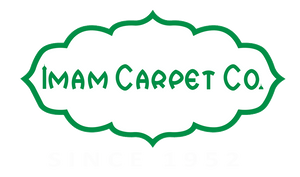


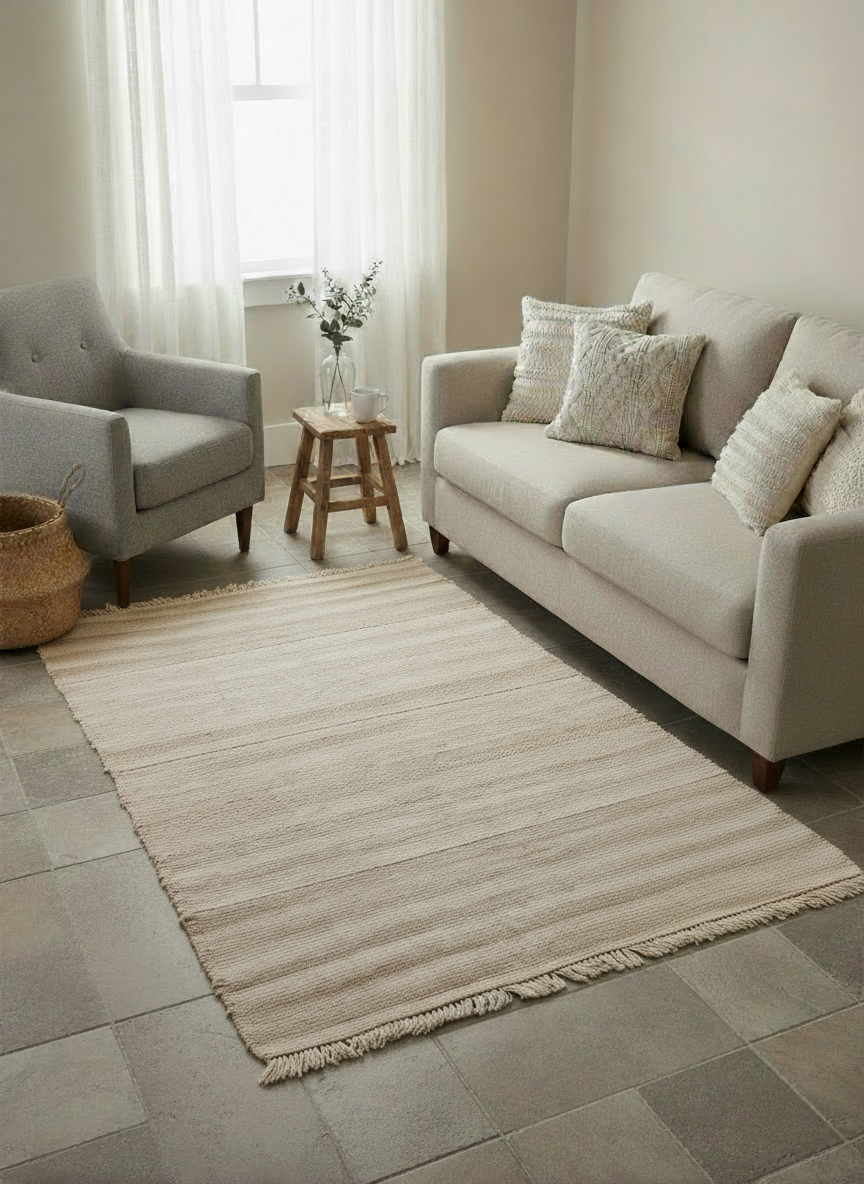
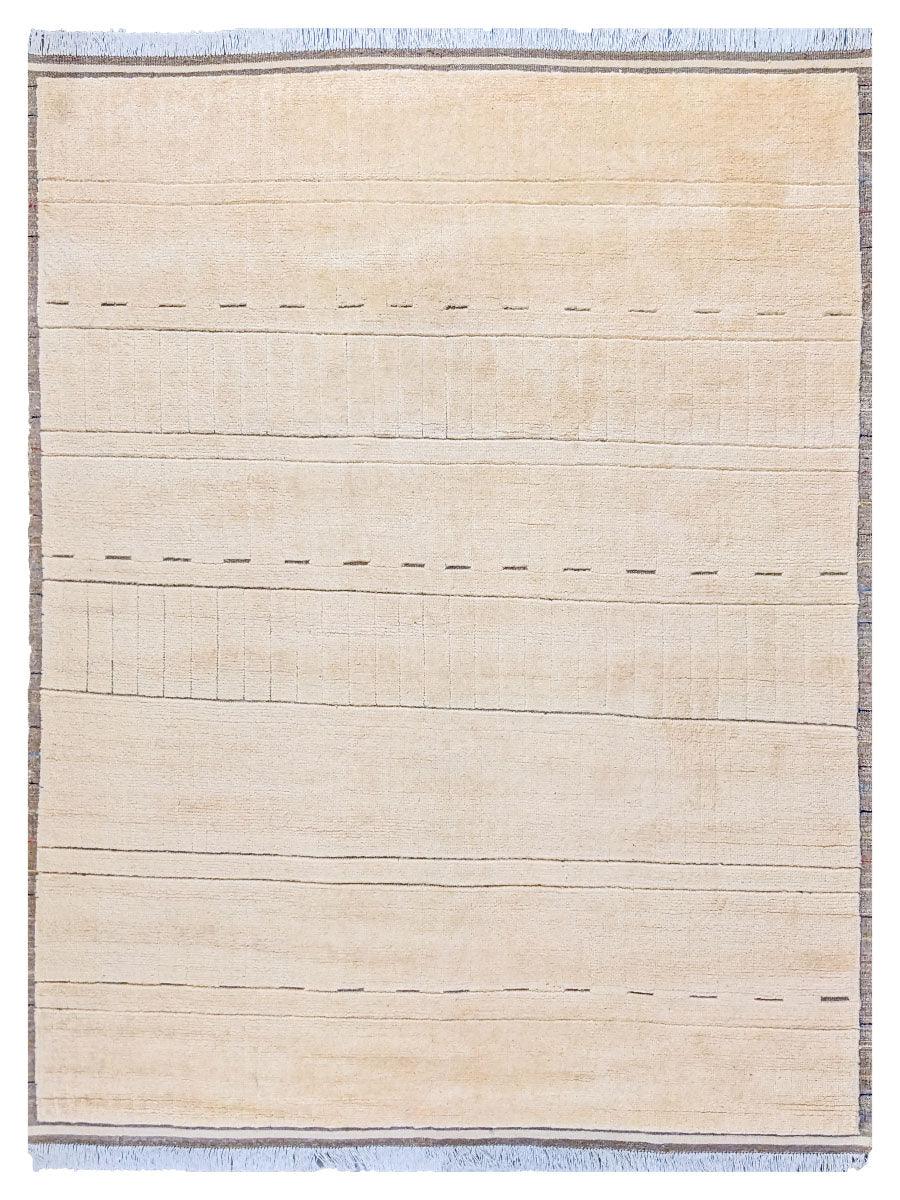
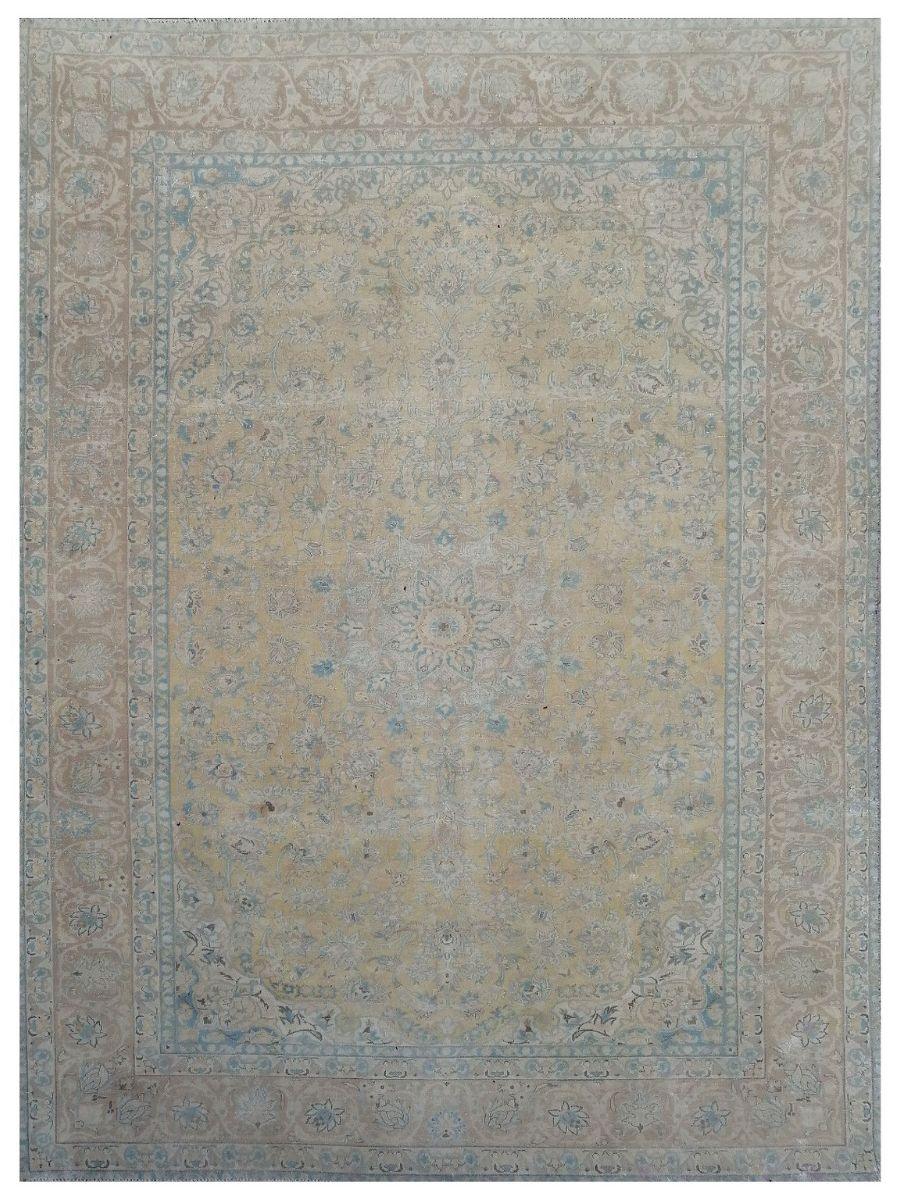


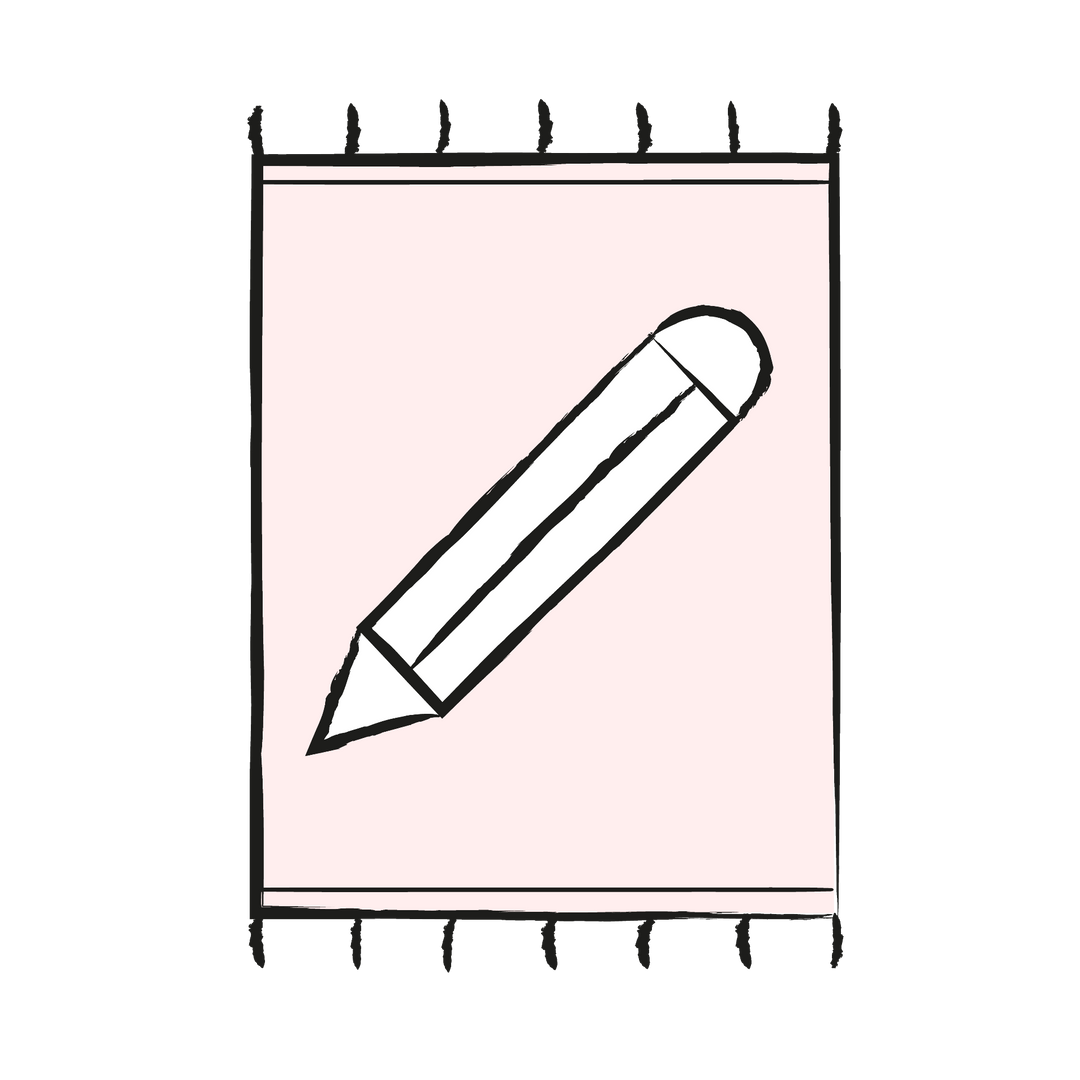

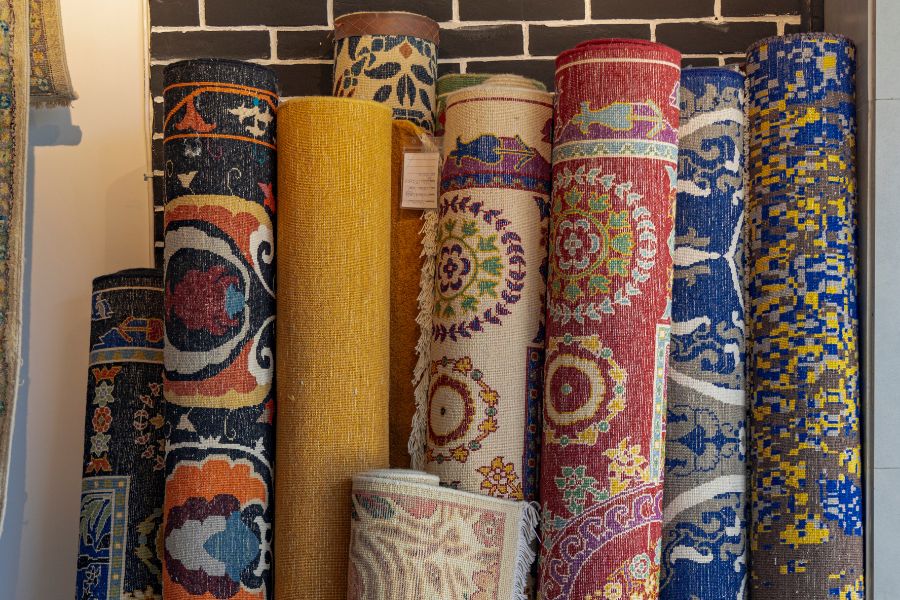
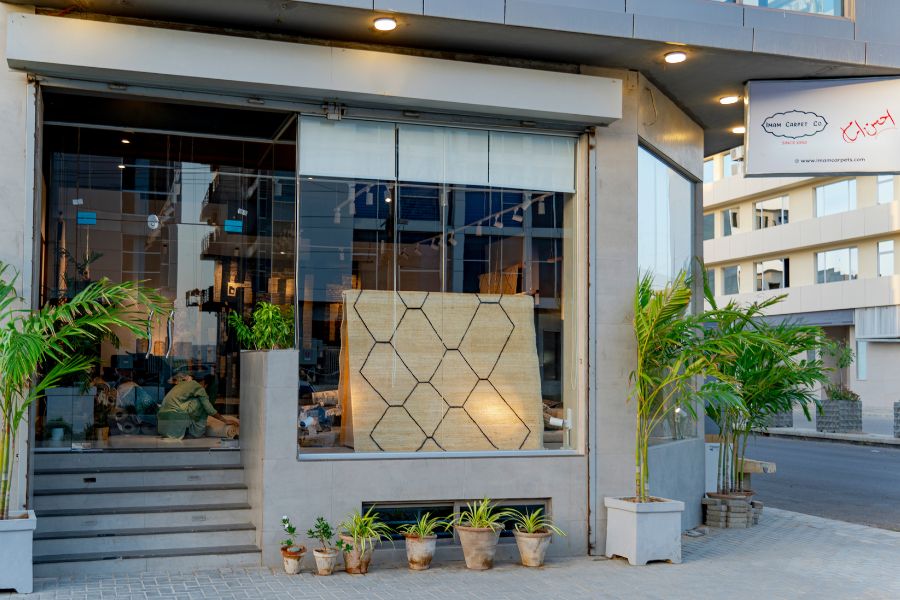
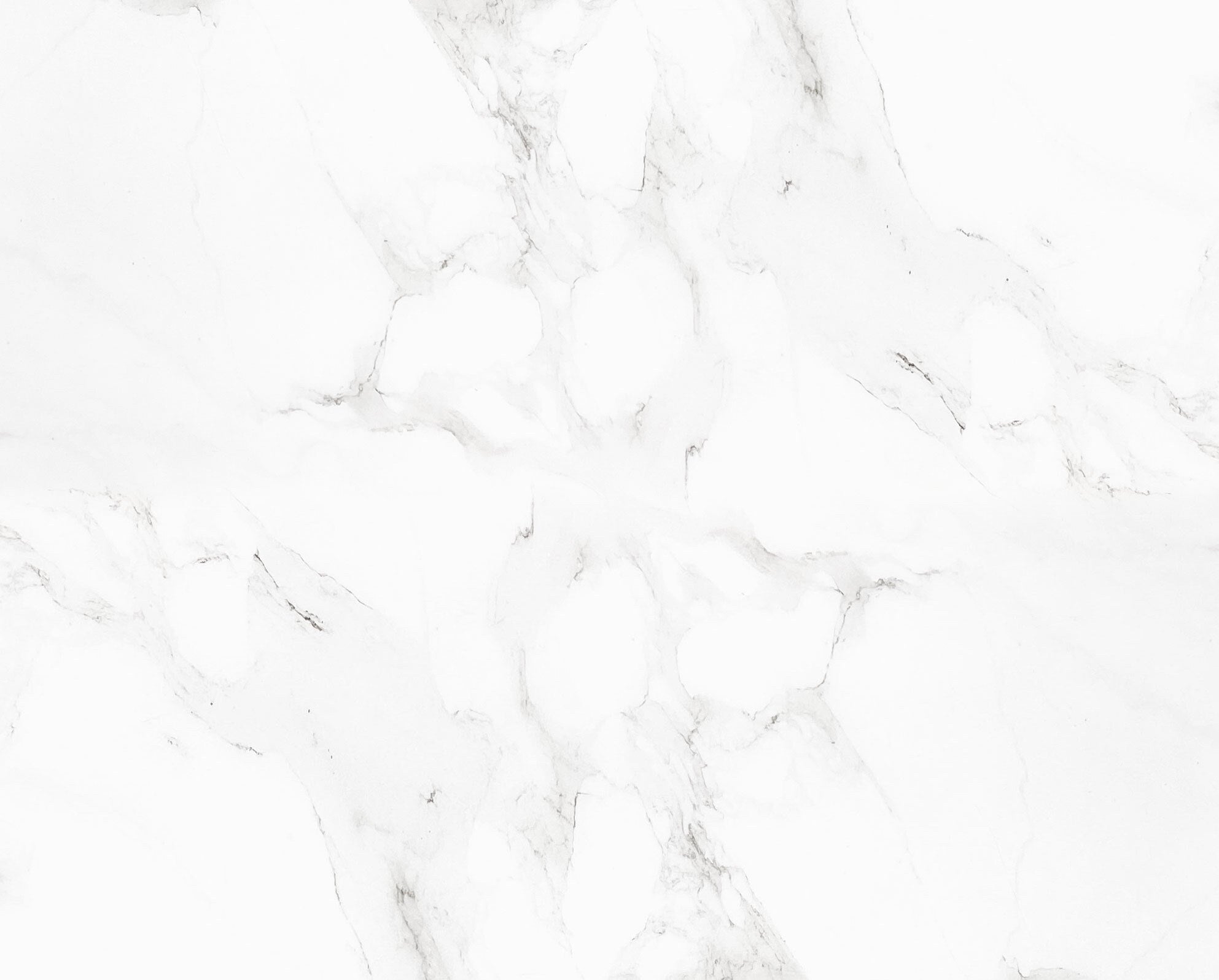
Leave a comment